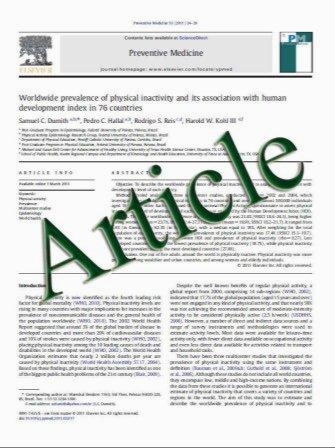Efficacy of frovatriptan in the acute treatment of menstrually related migraine: analysis of a double-blind, randomized, multicenter, Italian, comparative study versus zolmitriptan
- نوع فایل : کتاب
- زبان : انگلیسی
- مؤلف : Gianni Allais • Vincenzo Tullo • Chiara Benedetto • Dario Zava • Stefano Omboni • Gennaro Bussone
- چاپ و سال / کشور: 2011
Description
Menstrually related migraine (MRM) is a particularly difficult-to-treat pain condition, associated with substantial disability. Aim of this study was to compare the efficacy and safety of frovatriptan and zolmitriptan in the treatment of MRM attacks, analyzing data from a multicenter, randomized, double blind, cross-over study. We analyzed the subset of 76 regularly menstruating women who participated in one head-to-head multicenter, randomized, double blind, cross-over clinical trial and who took the study drugs to treat MRM attacks. In a randomized sequence, each patient received frovatriptan 2.5 mg or zolmitriptan 2.5 mg: after treating three episodes of migraine in no more than 3 months with the first treatment, the patient had to switch to the other treatment. MRM was defined according to the criteria listed in the Appendix of the last Classification of Headache disorders of the International Headache Society. A total of 73 attacks, classified as MRM, were treated with frovatriptan and 65 with zolmitriptan. Rate of pain relief at 2 h was 52% for frovatriptan and 53% for zolmitriptan (p = NS), while rate of pain free at 2 h was 22 and 26% (p = NS), respectively. At 24 h, 74 and 83% of frovatriptan-treated and 69 and 82% of zolmitriptan-treated patients were pain free and had pain relief, respectively (p = NS). Recurrence at 24 h was significantly (p\0.05) lower with frovatriptan (15 vs. 22% zolmitriptan). Frovatriptan proved to be effective in the immediate treatment of MRM attacks, similarly to zolmitriptan, but showed lower recurrence rates, and thus a better sustained relief.
Neurol Sci (2011) 32 (Suppl 1):S99–S104 DOI 10.1007/s10072-011-0547-y


